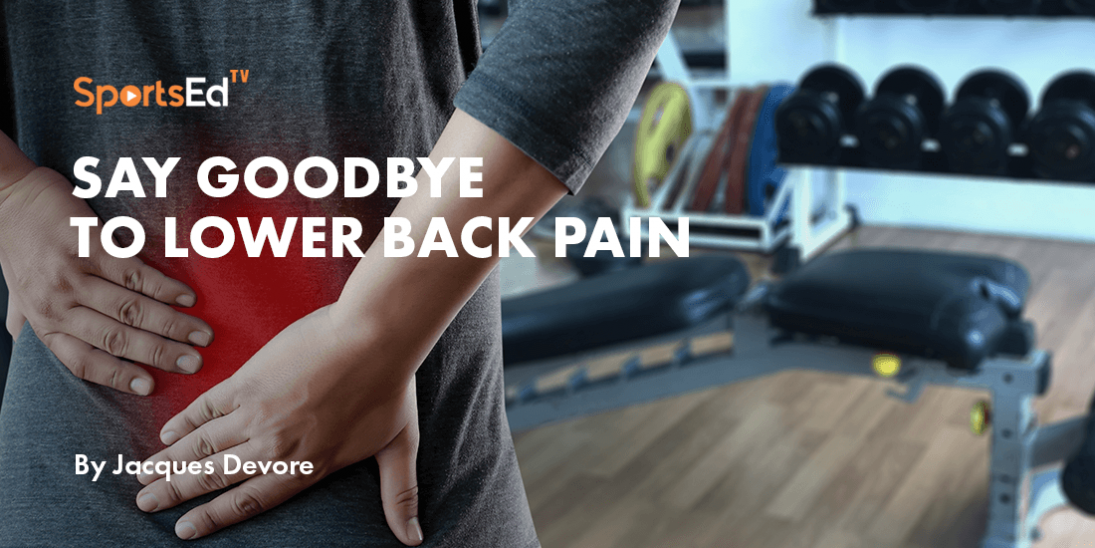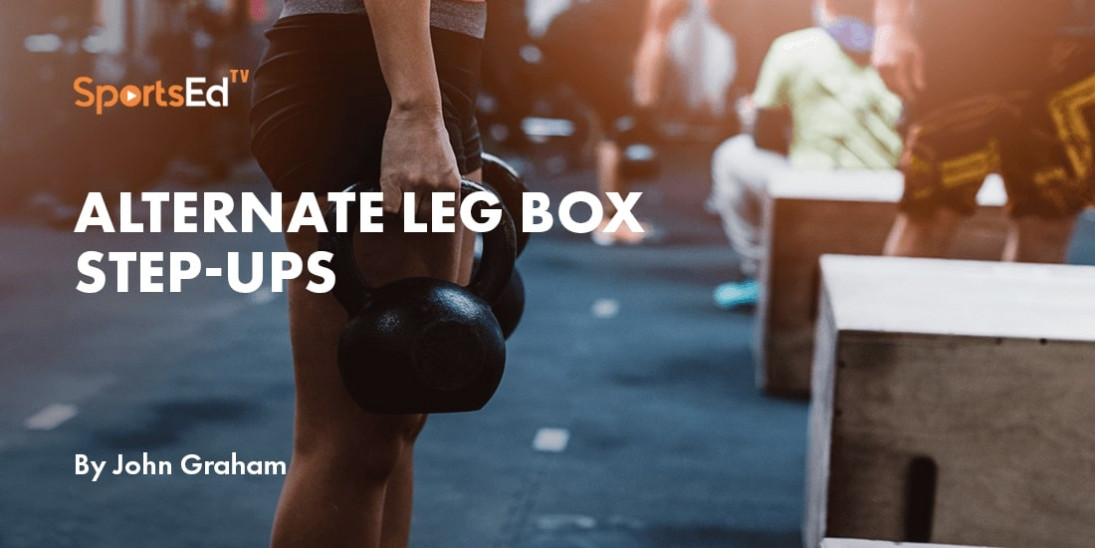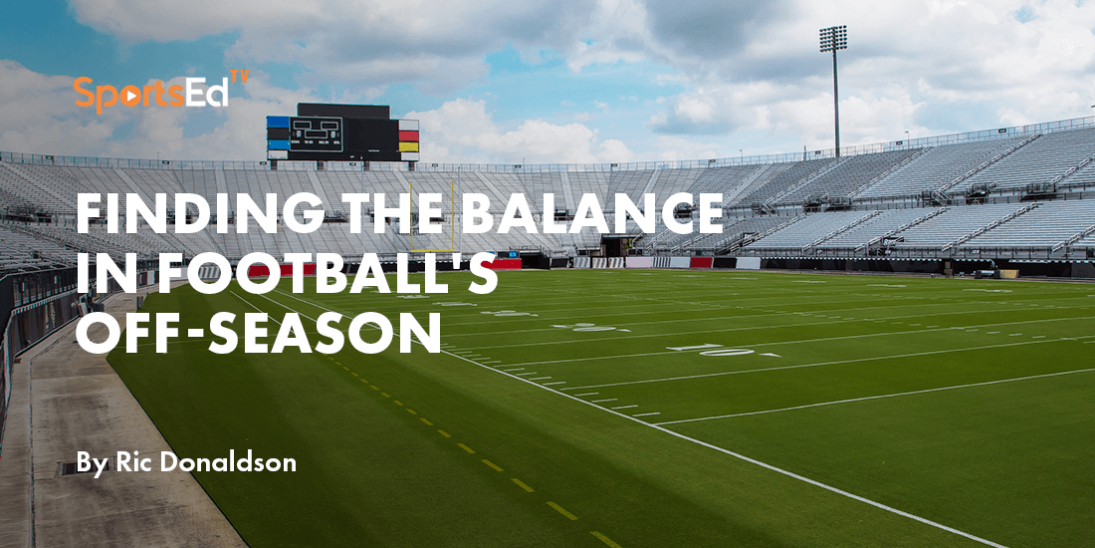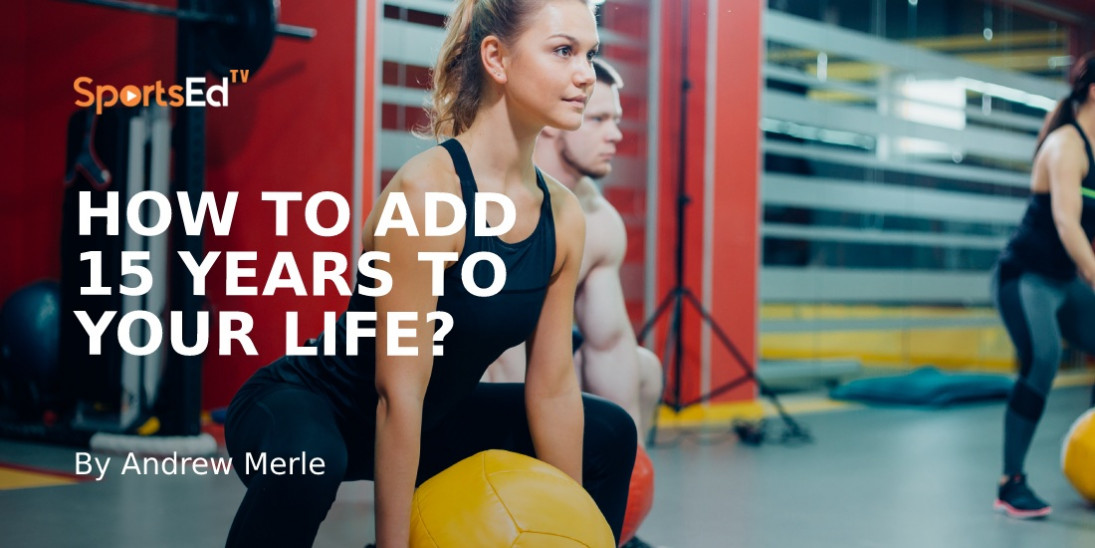Strength And Conditioning
Welcome and thanks for visiting...

Overload/Adaptation: Key to Athletic Progress
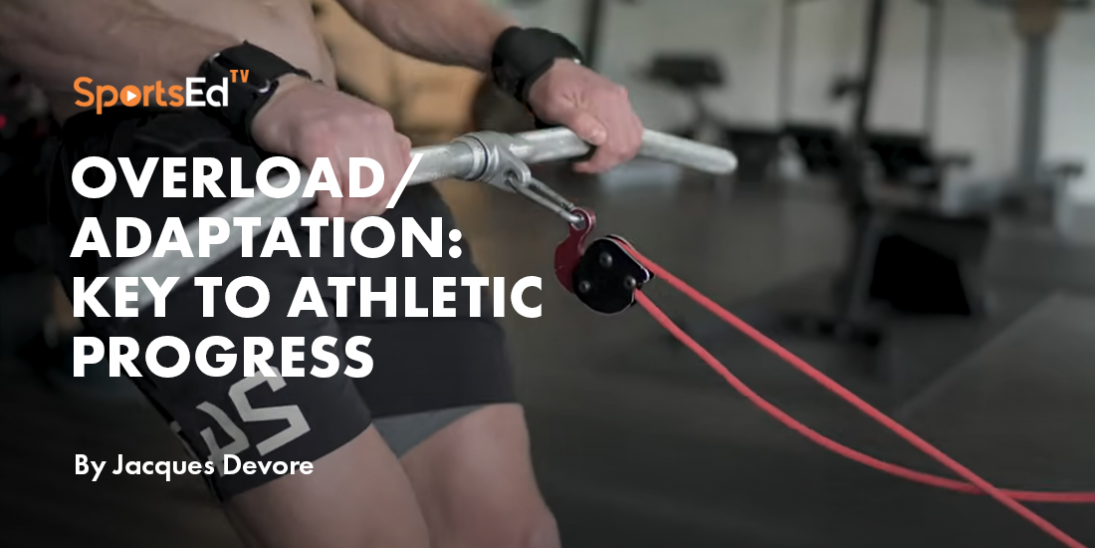
Without well-designed overloads, change will not take place. The athlete’s biggest enemy is time! What is the most effective way to get your overload? How is this idea of overload/adaptation implemented when training a particular athlete, and what can be learned?
Implementing Overload/Adaptation in Elite Training
I have recently started coaching the Pro-Men World Record Holder in HYROX, Hunter McIntyre. The Fitness Competition for EveryBody | HYROX This is a new sports competition that is really gaining momentum worldwide. He is a seasoned athlete with 15 years of experience as a professional Spartan racer. Making gains will take much more precise decision-making than someone who is just starting to mature as an athlete.
Tailoring Training for Specific Sports
The training, both tactically and strategically, must be specific to the sport. This statement is obvious but becomes much more complicated and trickier as the athlete becomes fitter. How do you make a change in an athlete that is already performing at a world-class level?
Understanding Correlation in Sports Training
Let’s look at a 100-meter sprinter. It makes sense anecdotally that having a strong grip will not make you a great sprinter. So, obviously, spending large amounts of time on one’s grip would not be the best use of training time for a sprinter. However, a wrestler would look at his grip as an important part of the sport, and a weak grip would be something that would need to be addressed. The correlation of grip to wrestling well has a much higher relationship than the correlation of grip to sprinting well.
The above example demonstrates the concept of correlation coefficients to sprinting. The correlation coefficients will be evaluated in the program design for sprinting faster. If one had the time and the inclination, correlation coefficients could be measured on different performance measures to rank the value of training exercises relative to a sport. This has been accomplished in scientific literature, but the depth is lacking for most sports, and it is up to the coach to make these determinations. Many of these decisions are experience-driven. However, with the ability to measure data today, we can get closer and closer to what really works well in program design.
A correlation coefficient is a number between -1 and 1. If there is no relationship between the predicted values (grip strength) and the actual values (sprint speeds) the correlation coefficient is 0 or lower (the predicted values are no better than random numbers this would be the example of grip strength to sprinting). As the strength of the relationship between the predicted values and actual values increases, so does the correlation coefficient. (Vertical jumping to sprinting) A perfect fit gives a correlation coefficient of 1.0. Thus, the higher the correlation coefficient of an exercise to the specific needs of the sport, the greater the value of the exercise to improve the performance. A negative correlation number would be actions or exercises that take away from the performance of a specific sport. These correlations are really measured by the experience of the coach or through trial and error of an athlete.
Optimizing Training Strategies
Strength and conditioning coaches must think through this idea of correlation and determine what aspects of a training strategy have the most impact or support the performance of the athlete in the specific sport. If this is not being evaluated, then precious training time is being wasted on areas that have little to possibly have a negative impact on the performance of the athlete.
Using sprinting as an example, Your best sprinters are typically your best vertical jumpers, not necessarily your best squatters. So, the correlation coefficient of vertical jump to sprinting is much higher than squatting. Does that mean you would only do vertical jumps in an athlete’s program? No! You would still squat because squats can help vertical jumping. Squatting has a lower correlation coefficient to sprinting. However, it does support the higher correlation coefficient of vertical jumping. Squatting would be part of the design to support the final ability to produce running power in a short sprint.
Finding Tipping Points in Fitness Gains
As a strength and conditioning coach of high-level athletes, I look for “tipping point” fitness gains. These tipping points are areas of fitness that, with small improvements, can produce huge changes in the performance of the athlete during the game. In other words, the correlation coefficient is extremely high. In most cases, the tipping points present themselves after evaluating an athlete for functional movement and fitness. Many tipping point fitness issues can be identified in this evaluation.
Another area that has this type of fitness leverage is found in movements where power needs to be maintained for longer durations of time. There are a lot of athletes who have great vertical jumps; however, they can only execute a handful of jumps at a high output level. Training the athlete so they can maintain 90-100% of this output for a longer duration creates champions and changes the performance dramatically in a competition that lasts longer than about 10-20 seconds. This is the work capacity of the athlete.
Maximizing Sustainable Power: A Case Study
The area of sustainable power is where I first focused on Hunter McIntyre. After evaluating him, I had to determine where our training time would be most effective. He was already at a world-class level for absolute power and threshold power. You can go to his YouTube channel to learn more about the training we have been doing.
I realized where I could add the most improvement was in his ability to sustain a higher percentage of his maximum power longer. So, I spent the first six weeks improving this ability and maintaining the other areas of his fitness. I knew his maximum absolute power was already very high. Although we added about a 5% improvement in his maximum, the real gain after six weeks was his ability to hold the highest percentage of his absolute power longer. We increased this ability by over 15%. This is a big change for someone at his level of fitness and athletic maturity. I had to give up some of the aerobic and glycolytic performance capabilities in his running to capture this newfound sustainable power, but I knew that it would support our running training in the future. We now have about eight weeks more of running-focused training with all the overloads in his running at higher levels. Remember, the overloads must be higher to make a change.
We are now back to running, and the power that we gained is now dramatically improving his ability to get bigger overloads in all the running, as well as improving his performance in the events of an HYROX race.
I used the concept of correlation coefficients to build this program so that we will be breaking world records in the future. If I had not taken the small step back, the big leap forward would not have been realized.
The Time Factor in Athletic Training
An athlete’s real enemy is time. There are only so many off-seasons and only so many weeks in an off-season. Poor training decisions can diminish the performance in the athlete’s optimum performance years. To diminish the loss of time, think about the correlation of your training to your performance in your sport. Allocated time should be devoted to supporting the training that has the highest correlation coefficient to performance in the sport. Constantly evaluate where this concept can help your performance. In addition, if you want faster results, look for areas of weakness that would provide you with that “tipping point” performance progression. These are both game-changers.





